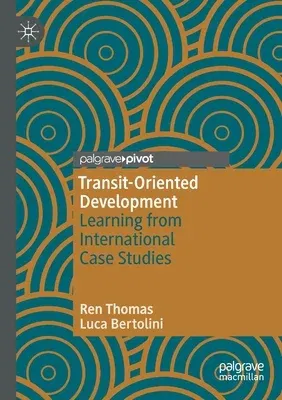This book uses international case studies to present insights on the
policies, actors, and institutions that are critical to successful
transit-oriented development (TOD). TOD has many potential benefits for
cities and regions, and is considered a critical element in reshaping
sprawling car-dependent urban regions into denser regions built around
transit corridors. However, it is not a magic bullet solution for
metropolitan transportation problems: challenges persist, such as
displacement of local residents and regulatory barriers. How has TOD
been successfully implemented? How can we integrate the positive aspects
of TOD while minimizing its negative impacts?
This book presents a study conducted at the University of Amsterdam,
exploring 11 international case studies, including a meta-analysis,
rough set analysis and policy transfer workshops. The authors discuss
the findings and present solutions to persistent challenges to
transit-oriented development. Additional literature on eTOD (equitable
TOD) strategies, as a fundamental component of planning for regional
transportation, shows that these approaches can result in more
collaborative processes, community-led development that minimizes the
negative impacts of transportation infrastructure. As our Dutch
colleagues stated, TOD can be considered a policy concept that can be
used as a story to unite people.


